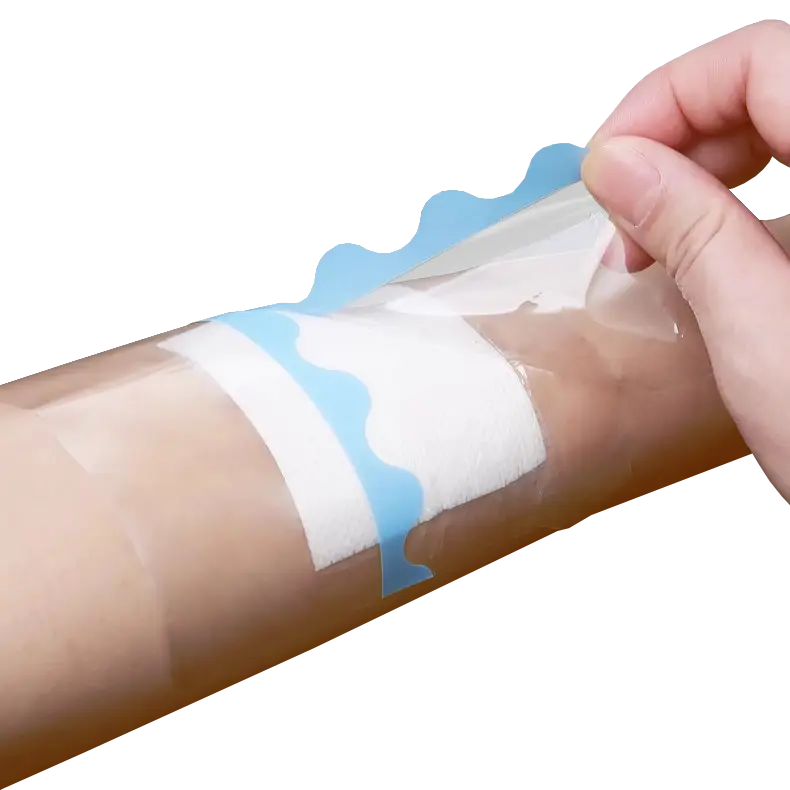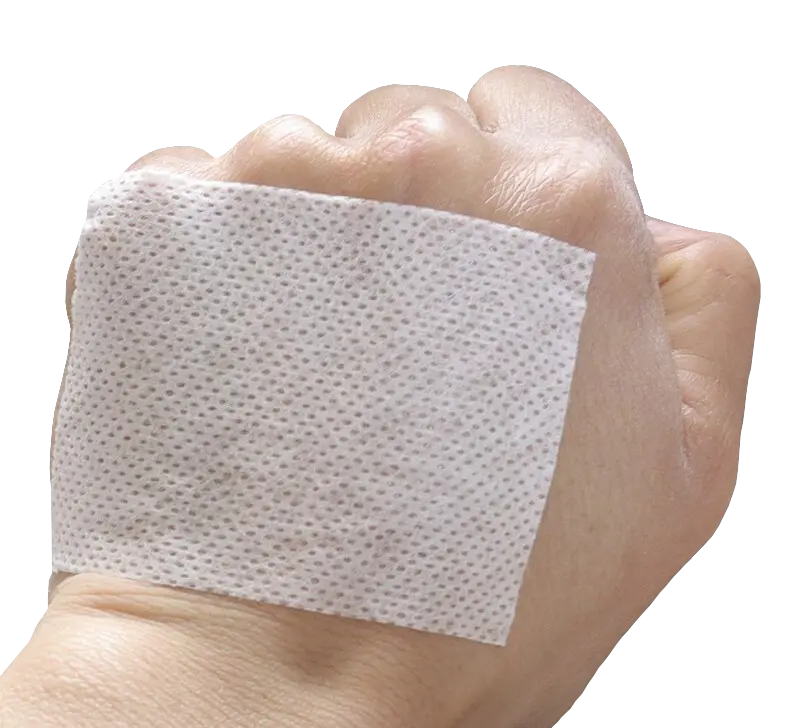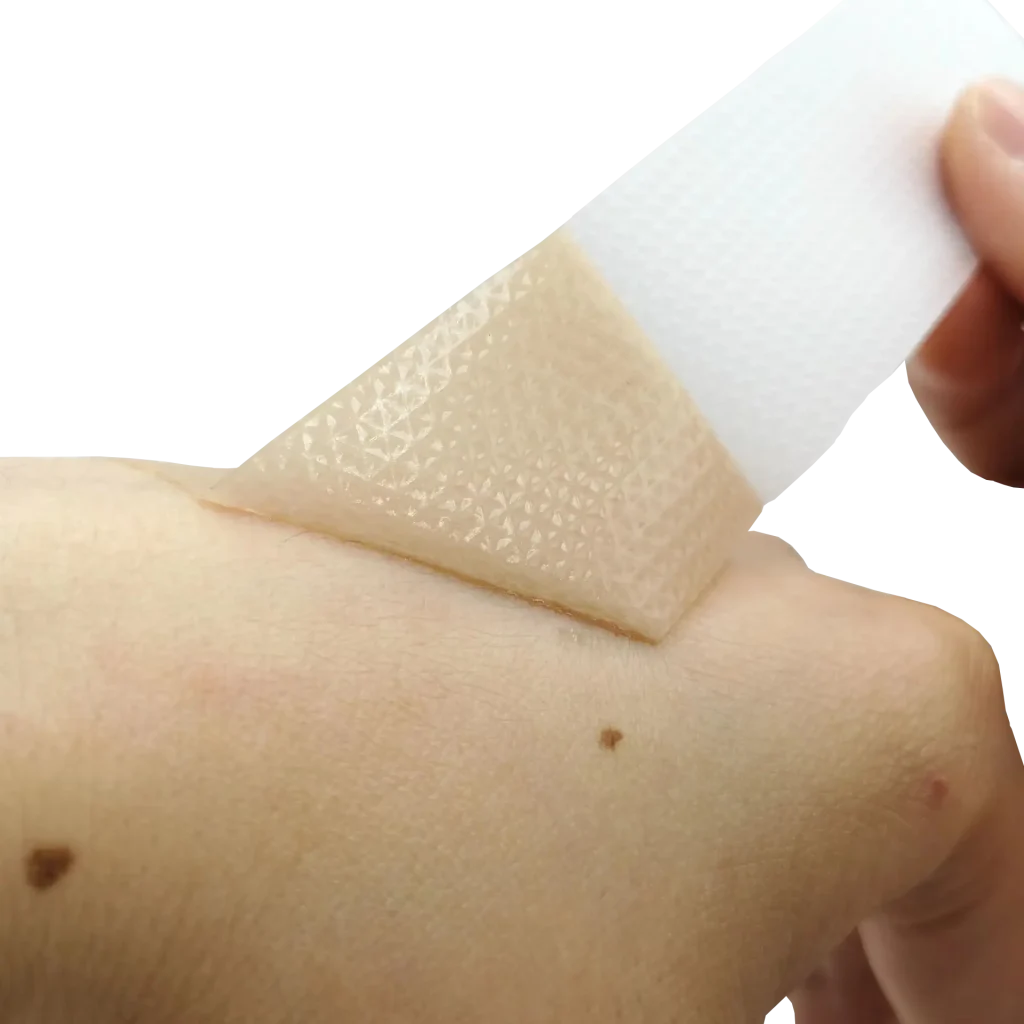In the fast-paced world of healthcare and industrial operations, efficiency, safety, and reliability are non-negotiable. From wound management to securing critical medical devices, and from cleanroom manufacturing to electronics assembly, medical adhesive tapes play an indispensable role in ensuring these standards are consistently met. As a trusted supplier and solution partner, we recognize the importance of offering high-quality adhesive tapes that enhance patient outcomes, operational workflows, and industrial processes.
This article explores why medical adhesive tapes matter, what features define a premium product, the various types available, their expanding role beyond healthcare, and how choosing the right supplier can make a significant difference for your business.

Why Medical Adhesive Tapes Matter
Medical adhesive tapes are specifically engineered to provide secure fixation while maintaining skin integrity and operational reliability. They are vital in a wide range of applications, including but not limited to:
1. Wound Care
In wound management, medical adhesive tapes are used to secure dressings, bandages, and gauze pads in place. A good tape minimizes skin trauma and discomfort upon removal while ensuring the dressing stays securely fixed over the wound site, thus promoting effective healing.
2. Surgical Applications
During surgical procedures, adhesive tapes hold tubing, catheters, drapes, and medical devices securely in place. Given the sterile and high-pressure nature of operating rooms, these tapes must offer both a strong, reliable hold and easy removal to prevent tissue damage.
3. Industrial Use
Medical-grade adhesive tapes are not confined to clinical use. Industries such as electronics, pharmaceuticals, and cleanroom environments require sterile, durable tapes for purposes including:
- Protecting sensitive components from contamination
- Bundling wires and tubing
- Securing equipment and labels in controlled environments.
These tapes must meet stringent hygiene and operational standards, offering consistent performance in demanding settings.
Key Features of High-Quality Medical Adhesive Tapes
To meet the expectations of healthcare professionals, industrial engineers, and operations managers, high-performance medical adhesive tapes need to embody several essential characteristics:

– Skin-Friendly Adhesion
Medical tapes must be hypoallergenic and gentle on the skin to minimize the risk of irritation, allergic reactions, or damage, especially for elderly patients, infants, or individuals with sensitive skin.
– Breathability
Air circulation through the tape helps to prevent moisture buildup and promotes a healthy healing environment for wounds, reducing the risk of maceration.
– Strong Hold
Durable and long-lasting adhesion ensures that the tape remains in place under movement, moisture, or stress without frequent reapplication, which is especially important during surgeries or industrial assembly operations.
– Easy Removal
A well-designed medical tape should remove cleanly and comfortably without leaving residue or causing discomfort, a critical factor in patient care and delicate industrial tasks.
– Sterility and Safety
Manufactured under stringent hygiene and sterilization protocols, high-quality medical tapes prevent cross-contamination in sensitive environments such as hospitals, clinics, pharmaceutical labs, and electronics cleanrooms.
Types of Medical Adhesive Tapes
Different applications demand different types of medical adhesive tapes, each offering unique properties tailored to specific needs:

1. Paper Tape
Lightweight, breathable, and gentle on sensitive skin, paper tapes are often used for securing lightweight dressings and gauze. They are easy to tear by hand and are ideal for patients requiring frequent dressing changes.
2. Cloth Tape
Known for its durability and flexibility, cloth tape is suitable for securing heavy dressings, splints, and devices. It’s often used in orthopedic settings and for applications that require extra strength.
3. Transparent Film Tape
This waterproof and discreet tape is typically used for IV site fixation, catheter stabilization, and post-operative care. Its transparency allows for easy monitoring of wound sites and tubing without removal.
4. Foam Tape
Offering cushioning and pressure distribution, foam tape is perfect for securing medical devices in pressure-sensitive areas and preventing pressure ulcers.
5. Silicone Tape
Silicone tapes offer gentle adhesion and are designed for post-surgical applications, burn treatment, and fragile skin care. They are reusable, repositionable, and reduce skin trauma during removal.

Innovations in Medical Adhesive Tapes
With advancements in medical and industrial needs, manufacturers have developed innovative features in adhesive tapes to enhance their functionality:
- Antimicrobial Coatings: To reduce the risk of infection in wound care.
- Temperature-Resistant Adhesives: For applications involving exposure to heat, cold, or fluctuating environmental conditions.
- Radiolucent Tapes: Used in imaging procedures where visibility under X-rays should not be obstructed.
- Pre-Cut and Die-Cut Options: For easier application in standardized procedures or equipment assembly.
These innovations have broadened the scope of medical tapes beyond conventional use, making them adaptable to highly specialized applications.
Applications Beyond Healthcare
The versatility of medical adhesive tapes has made them indispensable in several industrial sectors where hygiene, safety, and precision are priorities:
– Electronics Manufacturing
In cleanrooms and electronics assembly lines, medical-grade tapes are used to secure sensitive components, insulate wiring, and temporarily hold parts during testing and calibration.
– Pharmaceutical Production
Sterile environments demand tapes that leave no adhesive residue and withstand sterilization processes. These tapes are used for labeling, sealing, and bundling equipment without compromising sterility.
– Aerospace and Defense
In aviation and military sectors, medical-grade tapes can be used for wiring harnesses, equipment assembly, and vibration dampening, where performance reliability is paramount.
– Laboratories and Research Facilities
Used for labeling, sealing containers, and securing instruments, medical-grade tapes ensure sterility and prevent cross-contamination in sensitive research environments.
Common Challenges in Tape Selection
Choosing the wrong type of adhesive tape can lead to operational inefficiencies, patient discomfort, or product contamination. Some common challenges include:
- Skin Irritation or Allergies: Especially with long-term applications on fragile skin.
- Inconsistent Adhesion: Particularly in humid or high-moisture environments.
- Residue and Difficult Removal: Leaving sticky remnants can damage delicate skin or sensitive components.
- Insufficient Breathability: Leading to moisture accumulation and delayed wound healing.
- Non-Compliance with Safety Standards: Risking regulatory penalties and compromised safety.
Selecting the appropriate tape for each use case is crucial to avoid these pitfalls.
Choosing the Right Supplier
Selecting a reliable supplier is a strategic decision that impacts operational quality and efficiency. When sourcing medical adhesive tapes, consider the following factors:
– Certifications and Compliance
Ensure that the supplier meets international standards such as ISO 13485, CE Marking, and FDA approvals for medical products.
– Customization Capabilities
Look for suppliers that offer custom adhesive formulations, sizes, shapes, and packaging options tailored to your specific operational needs.
– Consistent Bulk Supply
Reliable stock availability is crucial for uninterrupted operations in healthcare institutions and industrial assembly lines.
– Technical Expertise and Support
A supplier with in-depth knowledge can provide valuable guidance in tape selection, application techniques, and regulatory compliance.
Case Applications
Case Study: Hospital Wound Care
A leading regional hospital improved patient outcomes by switching to hypoallergenic silicone tapes for post-surgical dressings. The result was a 40% reduction in skin injuries and increased patient satisfaction during dressing changes.
Case Study: Electronics Assembly Plant
An electronics manufacturer utilized transparent film tapes for temporarily securing components during assembly, achieving faster production times and zero contamination incidents in their cleanroom environments.
Conclusion
Medical adhesive tapes are far more than simple fixation tools. They are indispensable in both healthcare and industrial sectors, offering secure, skin-friendly, and reliable solutions for wound care, surgical applications, and sterile environment operations. As medical technology and industrial processes evolve, so too does the demand for advanced adhesive solutions that prioritize performance, patient safety, and operational efficiency.
Partnering with a trusted, certified supplier ensures access to premium adhesive tapes that meet the highest safety and quality standards while providing customized solutions for diverse applications.
Contact our expert team today for more information on our comprehensive range of medical adhesive tapes and discover how we can help optimize your clinical, industrial, or manufacturing operations with superior adhesive solutions tailored to your needs.
Sample application
We are a company deeply engaged in the field of orthopaedic products, if you are interested, please click the button below to contact our professional team, we can provide including but not limited to consulting services, sample supply, questions.
